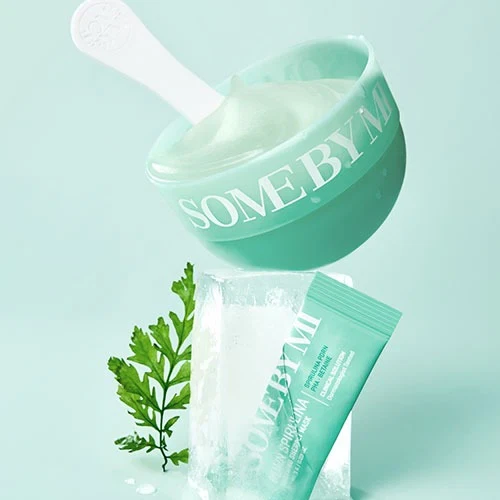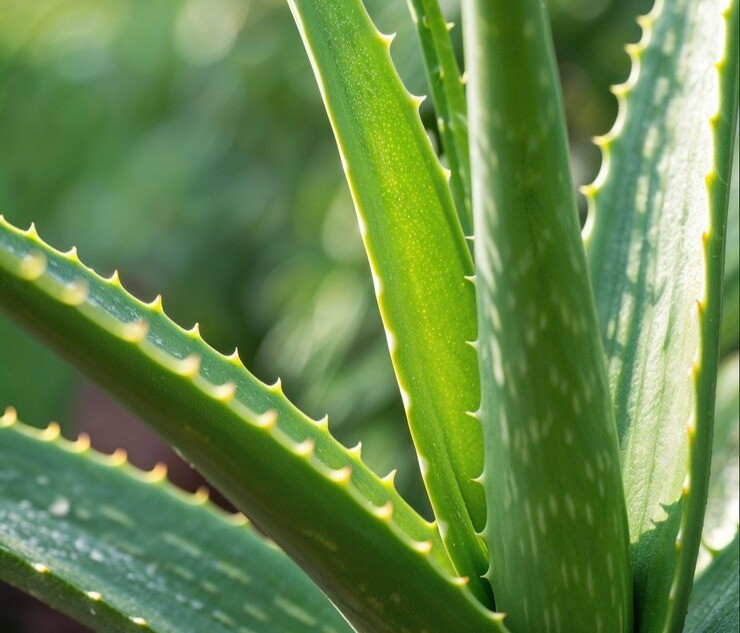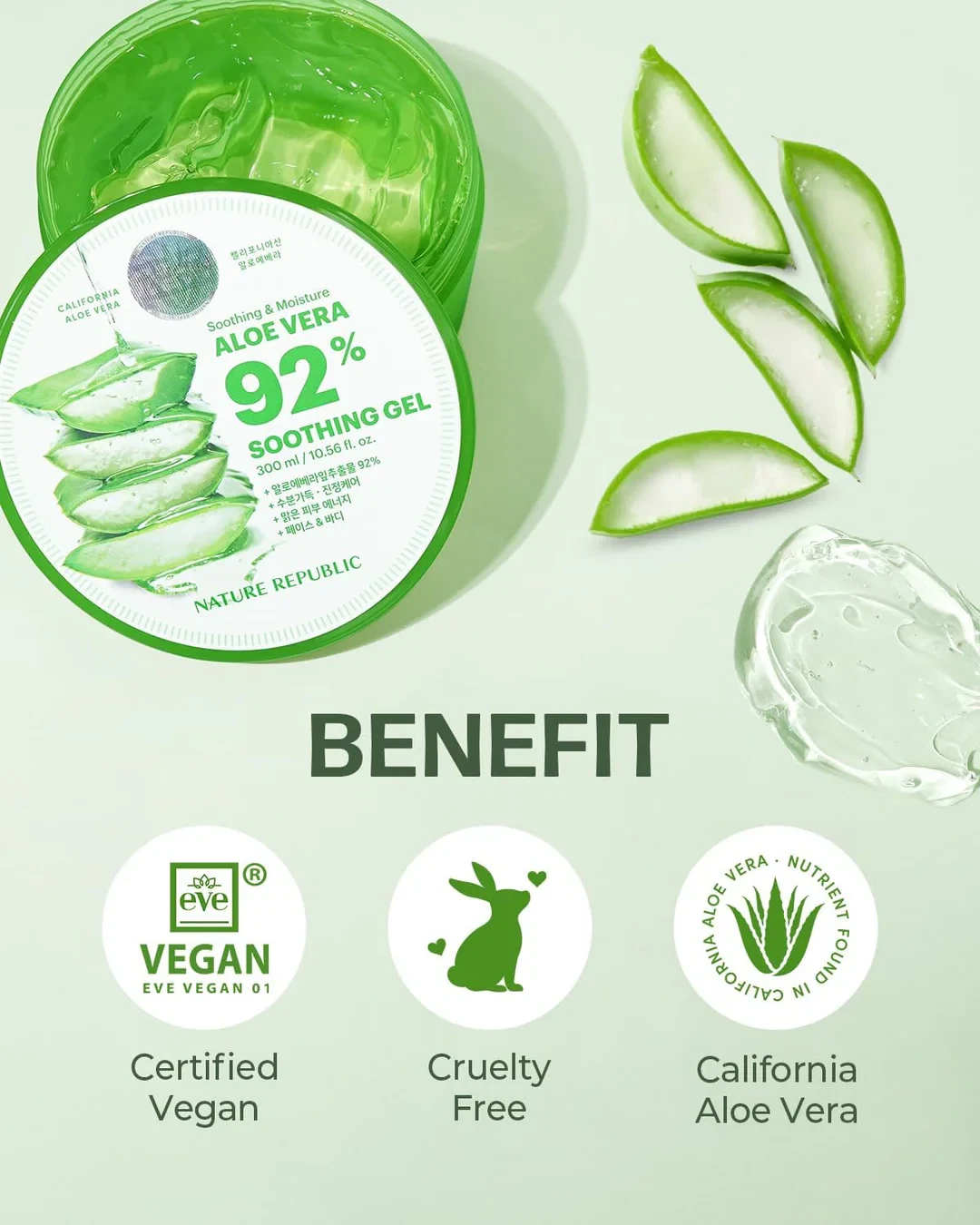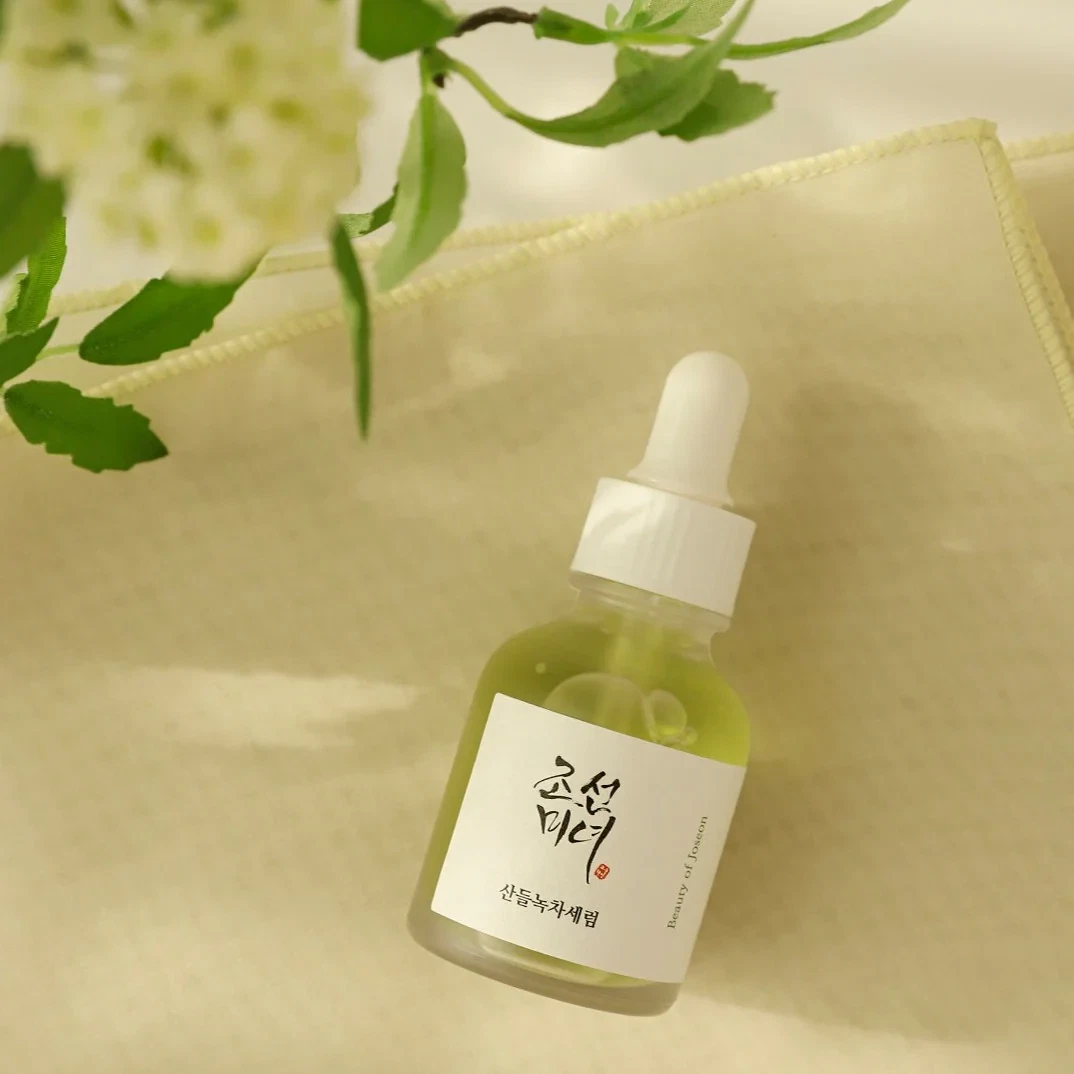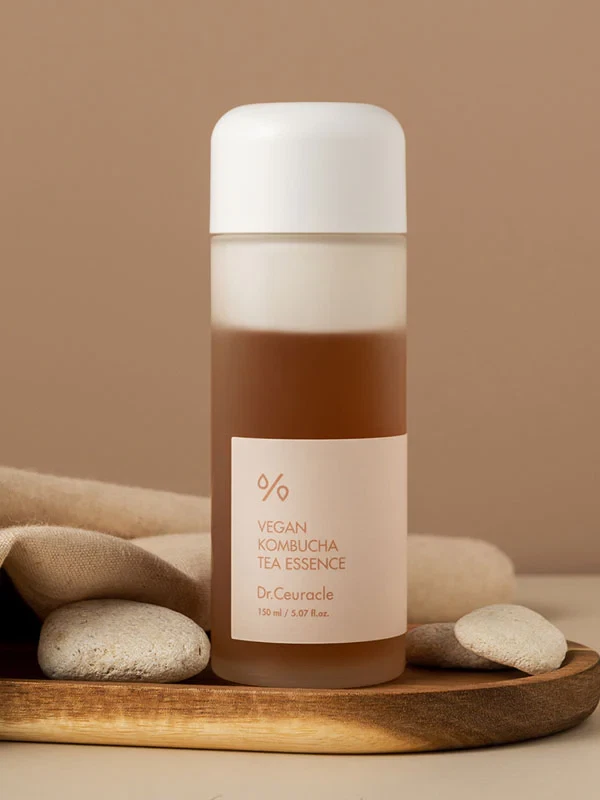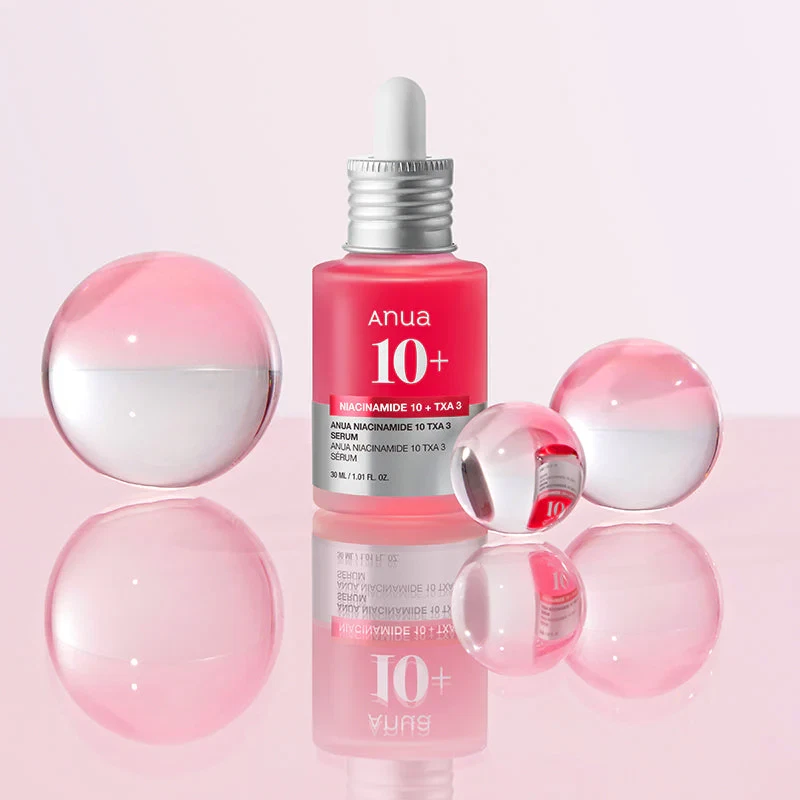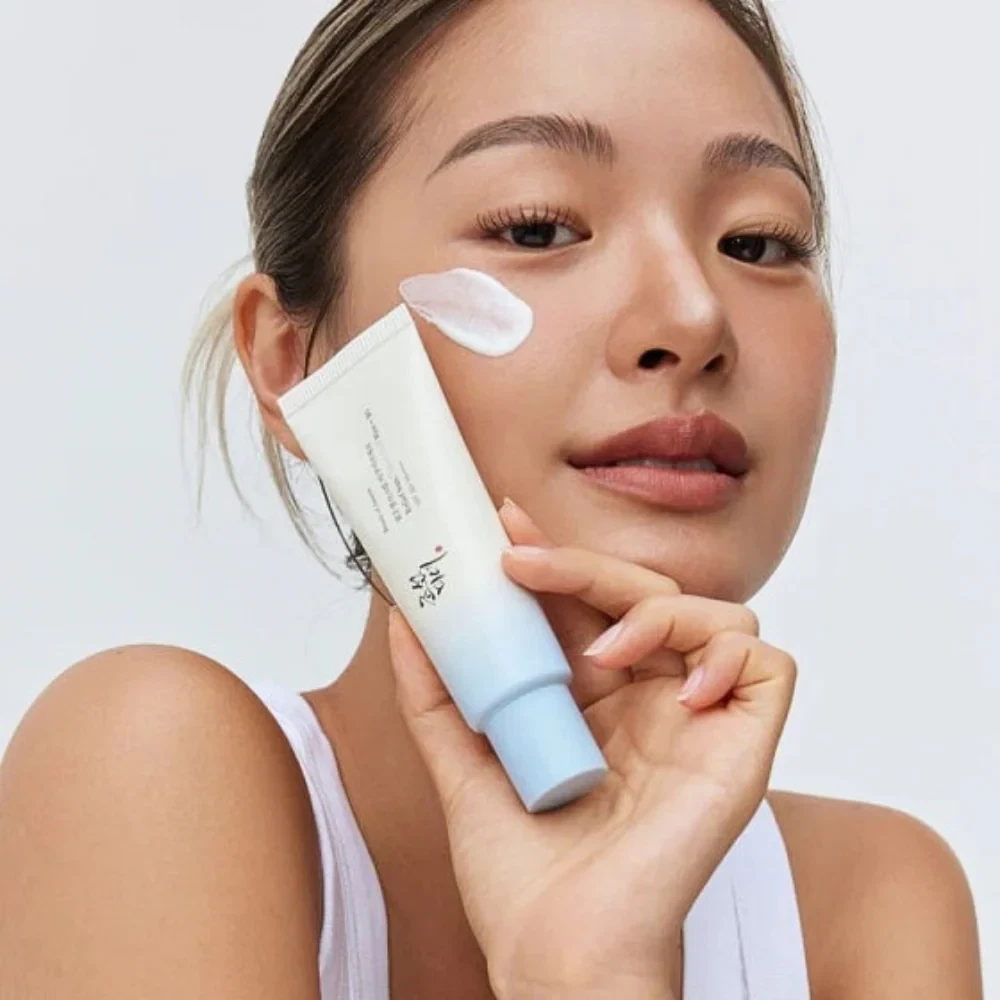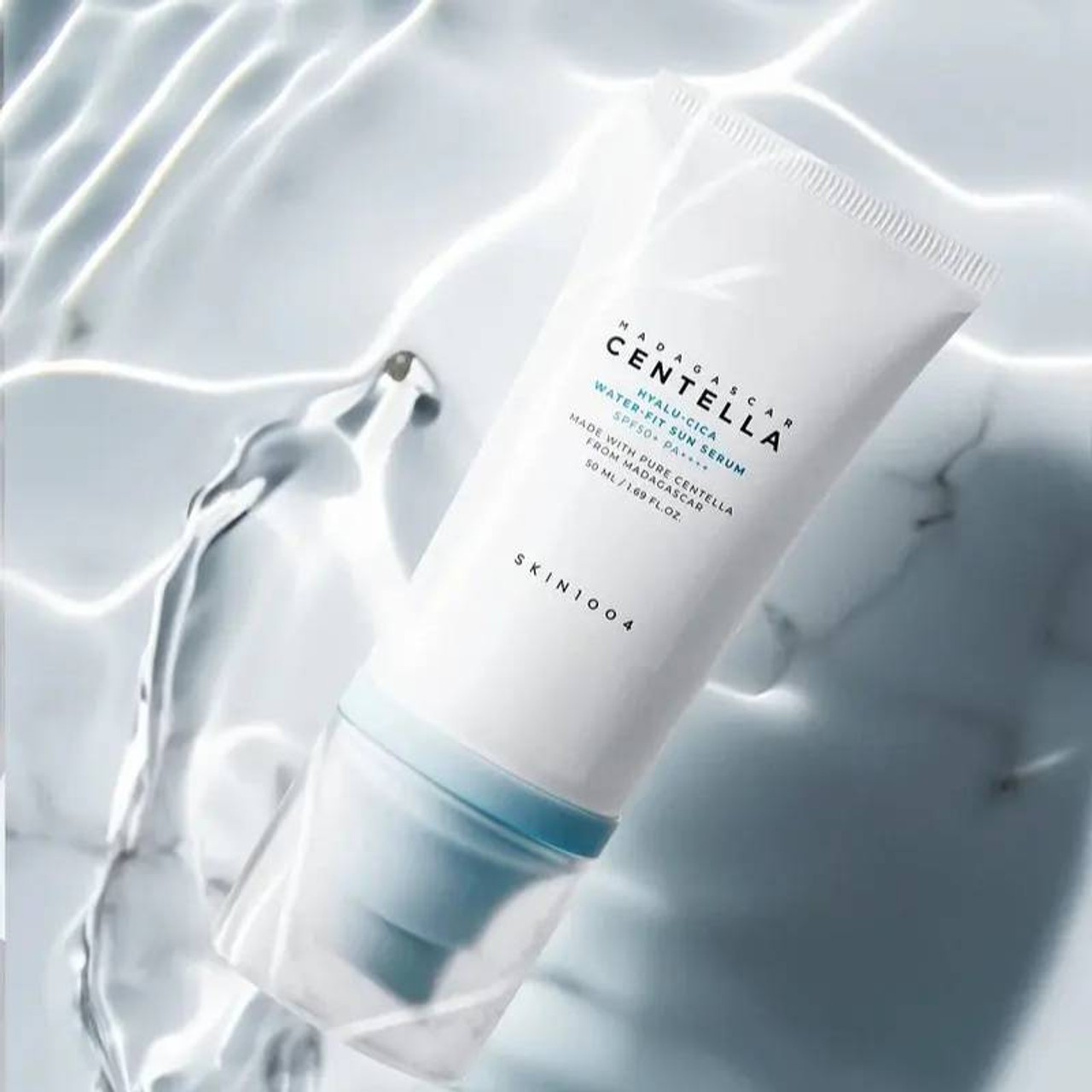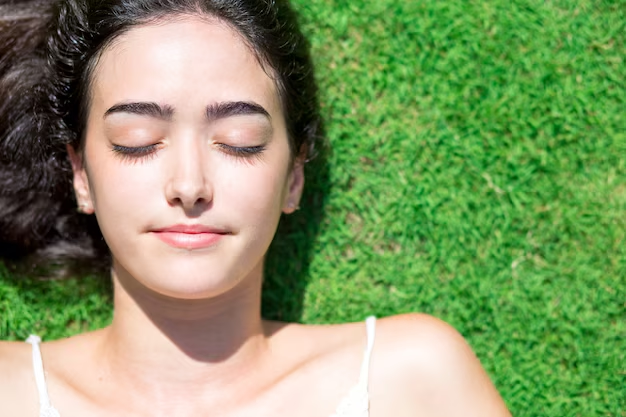
Tackling Redness – How to Help Calm Angry, Crimson Skin
How to Calm Red Skin
Red skin is an important sign – and it can be due to a wide variety of causes. It’s caused by the increased blood flow to the capillaries under our skin, creating a flushed appearance. This is important when our skin is tackling infection or damage to help bring fighting blood cells to the site, ready to defend our bodies. But sometimes our skin does it for other reasons; irritation, an inflammatory disorder or in response to something environmental (like sun damage).
When Do I See A Dermatologist/GP for Red Skin?
If you are seeing red skin that is itchy, flaking or associated with local swelling – this is not likely to just be something manageable at home. This could be something more serious, such as eczema, psoriasis, infection or your skin showing an allergic response to something. Even if you’re in doubt – any new areas of rash, redness should be checked by a GP (even if it feels minimal or you’ve had it a long time!)
Red flags:
- any pain or sweating
- spreading redness
- feels hot or swelling
- itchy or flaking, dry skin (not associated with sunburn)
- raised bumps
- any trouble breathing or fast heart rate
What Causes Red Skin?
It’s most important to narrow down the timeline of when the red appears – as this can help solve the cause. If it shows up suddenly – it is likely to have a trigger (and is more likely to be a genetic cause of flushing skin).
Triggers to Rule Out
- Sun exposure
- Alcohol use
- Spicy foods
- Hot beverages/Hot environment
- Using medication (like blood pressure or Vitamin B tablets)
- Strong emotions (such as stress, anger or embarrassment)
If you associate your flushed skin with one of the above, that’s a good thing! It means your redness can be explained by something and is likely just to be your natural body response. This means, you can manage it by trying to avoid the trigger and use natural cooling and anti-inflammation products to help relax your skin blood vessels.
If you have long-lasting redness that doesn't fade or seem to be triggered by anything specific - it's always worth getting checked by your GP or dermatologist, as there's likely a condition causing it (although most are nothing to worry about - always be safe).
How to Calm Short Term Skin Redness
If you know what’s triggering it in the short term and need to help calm your skin quickly, there’s a few easy ways to help refresh and cool your blood vessels.
Step 1: Cool it Down
This is perhaps the simplest way to help bring your skin back to check. Place a wet face towel or face wipes in the freezer (for a few minutes) and gently place over your face to quickly constrict blood vessels.
This, or splashing cold water on your face, is an easy way to help cool redness. There are also a great number of products that you can use, designed to help chill and cool your skin. Also avoid taking very hot showers as this irritates and dries skin – which can prolong redness!
Numbuzin No.4 Icy Soothing Sheet Mask is a quick face treatment that is designed to help calm blood vessels and reduce redness with deep, long-lasting cooling. It also contains soothing mugwort and tea tree to infuse your skin with antioxidants to reduce future inflammation and irritation.
Another great cooling product for short-term management of redness is the Some By Mi Spirulina PDRN Soothing Sherbert Mask. It comes with 10 little powder sachets, that you mix with water to create a frosty, sherbet-like mixture. It helps cool your face by 10C and infuses it with refreshing seaweed extracts and PDRN to hydrate and boost skin.
Step 2: Anti-Inflammatory Skincare
Apart from physically cooling your skin, if it’s still red – you can combat it well with one magical word. Anti-inflammation. When your skin flushes red, it’s because your body is triggering its immune system (inflammation). There’s a bunch of natural herbs that are designed to help reverse this, however, by telling your immune system to calm down and stop turning red and swelling.
Aloe vera
This is an amazing anti-inflammatory and cooling agent. It’s a succulent, that when the leaves are cracked open is full of clear, soothing and delightful nutrients. Not only does it contain vitamins to brighten and refresh skin, but it also contains fatty acids to boost hydration, salicylic acid to calm and exfoliate and 70 other compounds to refresh and relieve skin. It’s amazing on sunburns, insect bites and as a lightweight gel, it’s great for red skin.
If you grow an aloe plant – you can literally crack leaves at home, but if you are not into gardening; aloe is available and typically has a very low cost!
A long-time K-beauty favourite is Nature Republic’s 92 Aloe Soothing Gel, available for under 10$ and combined with a boost of hydrating glycerin, hyaluronic acid and calming calendula, spearmint and lemon balm to nourish and cool skin.
If you’re looking for almost pure aloe vera, TonyMoly 99% Chok Chok Soothing Gel provides a great, large tube that can be used all over your body to provide lasting hydration and cool redness and irritation. It is perfect to have, after a day at the beach, if you don’t quite hit all your SPF targets.
Green Tea
A powerful and wonderful way to combat irritation, redness and brighten skin. It also provides antioxidants, that help repair cell damage and maintain lasting protection. If you are struggling with general redness – green tea is the perfect antidote. It has a powerful healing element and makes both a lovely cup of green tea or topical green tea great for your skin.
If you have green tea at home, you can literally brew a cup – leave it to cool and use it as a toner! Using a cotton ball to spread it across your face after cleansing will help reduce irritation and is also great to soak a hand towel in and just leave resting on your face for 10 minutes to relax inflamed skin.
If you’re not into DIY as much – my absolute favourite, calming green tea serum is Beauty of Joseon Calming Serum. Not only does it contain 76% soothing green tea extract, but it’s mixed with deeply soothing panthenol, which is a beautiful addition to red, irritated or sensitive skin.
Another famous, K-beauty product is Dr Ceuracle Vegan Kombucha Tea Essence, which contains the powerful, healing probiotics from kombucha, mixed with green tea extract to deeply nourish, hydrate and prepare skin for the day. It both tones your skin and acts as an essence to moisturize.
Niacinamide
Nourishing Vitamin B3 is becoming ubiquitous in all skincare products – love it or hate it. But if you are struggling with inflammation and redness, a little can completely solve red spots and patches. However, it comes as a double edge, as its other form (niacin) can be deeply irritating to some. If you are a niacinamide-sensitive type, make sure you are avoiding it within your skincare products, as this can be a source of redness in the minority.
But, for the rest of us who don’t react to niacinamide, it’s a powerful anti-inflammatory molecule that reduces swelling, redness and irritation as well as lifting pigment in dark spots. It’s great for acne too, as it reduces bacteria and boosts your skin’s natural immune defences.
As mentioned, niacinamide is in basically everything – but if you are looking for a serum designed to tackle redness specifically, you wouldn’t go wrong with Anua’s Niacinamide 10% + TXA 4% serum. It’s great to balance redness (as tranexamic acid/TXA also helps constrict capillaries to reduce immediate flushing), and it also helps reduce scarring and pigment formation.
If you are in need of gentle skincare, look no further than Abib’s Heartleaf TECA Capsule Serum. It is clinically designed to help cool skin and calm irritation. It contains brightening niacinamide, mixed with soothing heartleaf and centella asciatica to calm redness and irritation and brings in deep hydration with panthenol. It comes with little capsules that break against your skin to deeply infuse heartleaf.
Step 3: SPF Protection
This might feel like a repeat of every routine we ever recommend – but that’s because it is such an important step! If you have any kind of redness, get yourself some good lasting SPF. Even on a cloudy day – you are getting more sunshine than you think (and it’s not the good kind!) UV in Australia is not a joke and if you use no other skincare product in the world – get yourself a single sunscreen that works for your skin.
If you have oily skin type, one of the top red-soothing SPF+50 creams available is the Beauty of Joseon Relief Sun Aqua Fresh. With nourishing rice extracts to brighten, refresh and hydrate and soothing panthenol – this sunscreen melts quickly into skin, provides lasting protection and leaves no white cast.
If you need sunscreen to help reduce redness and keep topping up SPF throughout the day, Tocobo’s cooling Cica Sunstick is a perfect addition to your bag. It has a light green tint that combats redness in an instant, but not only that it is infused with soothing aloe, refreshing hyaluronic acid and actively helps cool your face throughout the day to limit redness before it starts.
For dry skin, you can’t go wrong with Skin1004 Madagascar Centella Hyalu-Cica Water Fit Sun Serum. With a blend of calming centella asciatica extract and hydrating hyaluronic acid – this sun serum provides SPF+50 protection with soothing green tea and arugula for a dewy, radiant finish every time. It comes in a popular twin pack too!
Redness is something many people struggle with and it can feel at odds with the rest of your face. You can always help tone your skin slightly with green-tinted make-up and sunsticks to help balance the redness – but make sure you are treating your skin with kindness and avoiding things that trigger irritation and giving it some cooling agents to relax with. We only get one face – make sure you’re taking care of it!
Looking for refreshing, soothing skincare? Check out the whole range on Arktastic - with high-quality skincare sourced directly from Seoul.
Excited for more skincare tips? Check out our blogs for caring for sensitive skin (to calm and balance skincare) or check out our review for the exciting Some By Mi Spirulina PDRN mask.
FAQs - Skincare Redness
What causes red skin?
Lots of things can cause your skin to turn red – the main underlying mechanism is most often the same, your capillaries become flush with blood, leading to heat and a red color in your face. It most commonly happens due to inflammation, when your body thinks it has to ‘fight something.’ This can let us discover underlying triggers – whether it is sun exposure, alcohol use, specific medications or even specific skincare products. It’s important to study your face – find out what’s triggering the redness.
If in doubt, always get checked by a GP or dermatologist – especially if there is any flaking, itching, swelling or pain in your face or if you notice the rash spreading.
How can I manage red skin?
The most important thing to do is find the underlying ‘trigger.’ If you can find what is causing your face to flush – you can better avoid it or prepare. Otherwise, find things you can use to cool your face (using a cool towel or fan), use soothing ingredients (such as aloe, green tea or niacinamide) and make sure you are being sun safe and keeping away from hot environments (always wear your daily SPF and top up if you are being active).
What moisturizers best reduce redness?
You want moisturizers that are combatting inflammation; including ingredients such as centella asciatica, heartleaf, aloe vera, niacinamide, green tea (or matcha). These are ideal with something hydrating and soothing – such as glycerin (a common base in most moisturizers), panthenol (Vitamin B5, which is deeply soothing for sensitive skin) or hydrating ceramides (which fill cracks in a damaged skin barrier).
Bonus points go to moisturizers that have a ‘gel’ consistency – as these are lightweight and actively evaporate heat from your face, letting you feel and look cooler!









